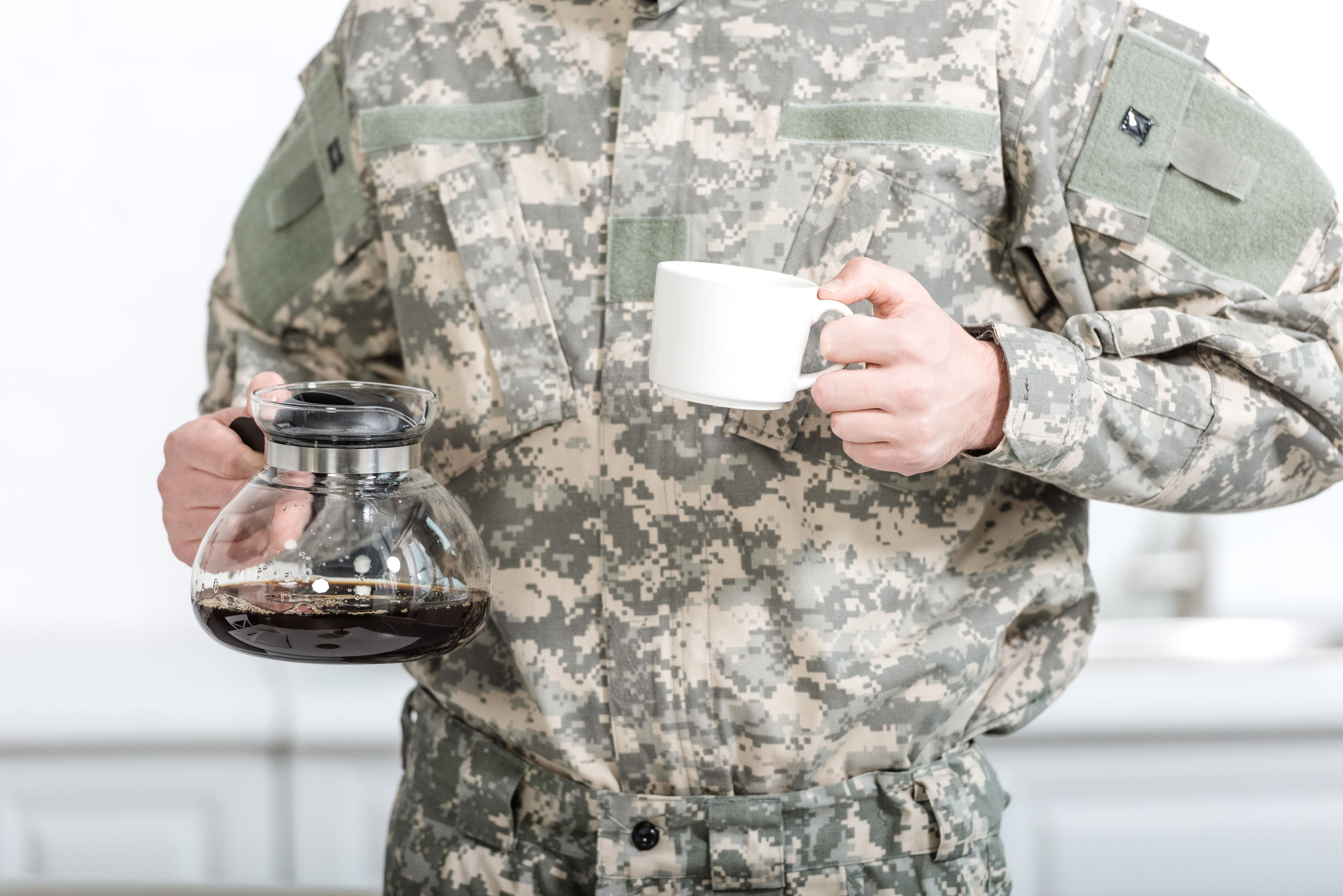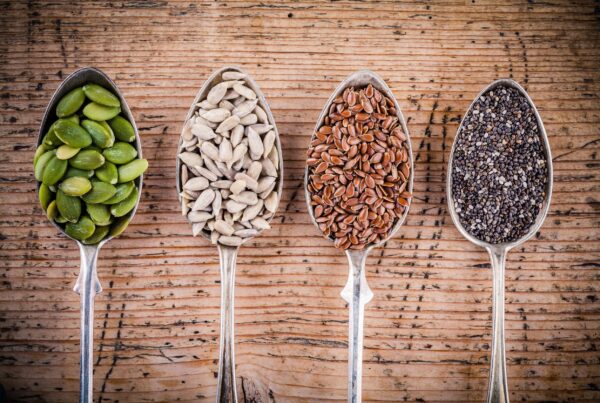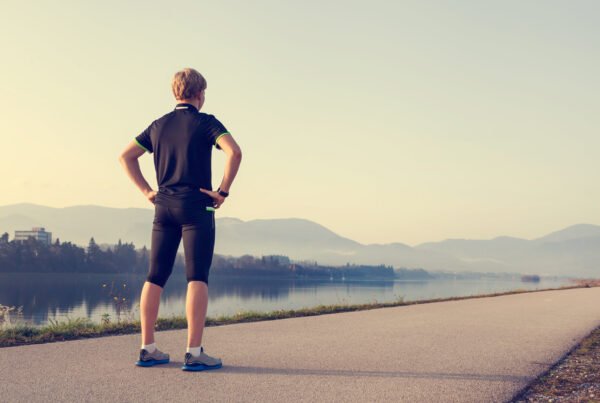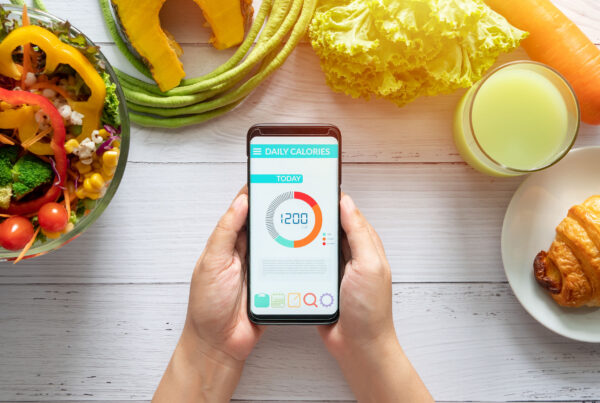”Washington, do you know what can hinder your sleep? There could be many factors holding you back from your best sleep. This week's article lists some of these reasons, in addition to offering suggestions for better sleep. Enjoy!
Reading Time: 9 Minutes
MWi Hacks:
- Find out the three main behaviors that are impacting your sleep
- Identify how to correct behaviors leading to frustrations with your sleep
MWi Summary:
- Several factors can cause poor sleep.
- Caffeine negatively affects sleep because it mutes the action of adenosine, which at high levels help let our bodies know it’s time to sleep.
- Your core body temperature needs to cool down by a few degrees to fall asleep. For this reason, it is helpful to sleep in a cooler room.
- Artificial light and blue light delays the release of melatonin, which makes it less likely for us to fall asleep in a reasonable amount of time.
Do you think you got enough sleep this past week? Can you recall the last time you woke up without an alarm clock feeling refreshed, not needing caffeine? If the answer to either of these questions is ‘no,’ you are not alone. Two-thirds of adults throughout all developed nations fail to obtain the recommended eight hours of nightly sleep.
For those of us who do not have a sleep disorder, several factors cause poor sleep. They are often misinterpreted as clinical insomnia.
1. Caffeine
At this very moment, a chemical called adenosine is building up in your brain. The longer you are awake, the more adenosine will accumulate. One consequence of increasing adenosine in the brain is an increasing desire to sleep. For most people, this happens after twelve to sixteen hours of being awake. You can, however, artificially mute the sleep signal of adenosine by using a chemical that makes you feel more alert and awake: caffeine.
Caffeine blocks and effectively inactivates adenosine receptors, tricking you into feeling alert and awake, despite the high levels of adenosine that would otherwise seduce you into sleep.
What is problematic, though, is the persistence of caffeine in your system as caffeine has an average half-life of five to seven hours. Let’s say that you have a cup of coffee after dinner, around 7:30 p.m. This means that by 1:30 a.m., 50 percent of that caffeine may still be active and circulating throughout your brain tissue. In other words, by 1:30 a.m., you’re only halfway to completing the job of cleansing your brain of the caffeine you drank after dinner.
Another issue is that caffeine decreases the electrical quality of your deep sleep. So even if you can drink caffeine in the evening and fall asleep and stay asleep without a problem, the depth of your deep sleep will not be sufficient. As a result, people often wake up feeling unrefreshed. They now reach for two cups of coffee rather than one, developing a dependency cycle.
Most people do not, therefore, realize how long it takes to overcome a single dose of caffeine, and therefore fail to make the link between the unrestorative sleep they wake from in the morning, and the cup of tea or coffee they had ten hours earlier with dinner. Caffeine and related chemicals—which are not only prevalent in coffee, certain teas, and many energy drinks but also foods such as dark chocolate and ice cream, as well as drugs such as weight-loss pills and pain relievers—are one of the most common culprits that keep people from falling asleep easily and sleeping soundly thereafter.
2. Body temperature
Thermal environment, specifically the proximal temperature around your body and brain, is another underappreciated factor determining the ease with which you will fall asleep tonight, and the quality of sleep you will obtain. Ambient room temperature, bedding, and nightclothes dictate the thermal envelope that wraps around your body at night. It is ambient room temperature that has suffered a dramatic assault from modernity. This change sharply differentiates the sleeping practices of modern humans from those of pre-industrial cultures, and from animals.
To successfully initiate sleep, your core temperature needs to decrease by 2 to 3 degrees Fahrenheit, or about 1 degree Celsius. For this reason, you will always find it easier to fall asleep in a room that is too cold than too hot, since a room that is too cold is at least dragging your brain and body in the correct (downward) temperature direction for sleep.
Your body is not passive in letting the cool of night lull it into sleep but actively participates. One way you control your core body temperature is by using the surface of your skin. Most of the thermic work is performed by three parts of your body in particular: your hands, your feet, and your head. All three areas are rich in crisscrossing blood vessels that lie close to the skin’s surface. Like stretching clothes over a drying line, this mass of vessels will allow blood to be spread across a large surface area of skin and come in close contact with the air that surrounds it. The hands, feet, and head are therefore remarkably efficient radiating devices that, just prior to sleep onset, jettison body heat in a massive thermal venting session so as to drop your core body temperature. Warm hands and feet help your body’s core cool, inducing inviting sleep quickly and efficiently.
A luxury for many is to draw a hot bath in the evening and soak the body before bedtime. We feel it helps us fall asleep more quickly, which it can, but for the opposite reason, most people imagine. You do not fall asleep faster because you are toasty and warm to the core. Instead, the hot bath invites blood to the surface of your skin, giving you that flushed appearance. When you get out of the bath, those dilated blood vessels on the surface quickly help radiate out inner heat, and your core body temperature plummets. Consequently, you fall asleep more quickly because your core is colder. Hot baths prior to bed can also induce 10 to 15 percent more deep non-rapid eye movement (NREM) sleep in healthy adults.
3. Electric lights
We are a dark-deprived society. Before Thomas Edison, and before gas and oil lamps, the loss of daylight with the setting sun, sensed by the twenty-four-hour clock within the brain, would trigger the release of vast quantities of melatonin, signaling to our brains and bodies that darkness has arrived and it is time for bed. The artificial light that bathes our modern indoor worlds, therefore, halts the forward progress of biological time that is normally signaled by the evening surge in melatonin.
The degree to which evening electric light winds back your internal twenty-four-hour clock is important: usually two to three hours each evening, on average. Delaying the onset of sleep, which would naturally occur somewhere between eight and ten p.m., just as we observe in hunter-gatherer tribes.
By delaying the release of melatonin, artificial evening light makes it considerably less likely that you’ll be able to fall asleep at a reasonable time. When you do finally turn out the bedside light, hoping that sleep will come quickly is made all the more difficult. It will be some time before the rising tide of melatonin is able to submerge your brain and body in peak concentrations, instructed by the darkness that only now has begun—in other words, before you are biologically capable of organizing the onset of robust, stable sleep.
What of a petite bedside lamp? How much can that really influence your ability to get to sleep? A lot, it turns out. The feeblest of bedside lamps pumps out anywhere from 20 to 80 lux. A subtly lit living room, where most people reside in the hours before bed, will hum at around 200 lux. Despite being just 1 to 2 percent of the strength of daylight, this ambient level of incandescent home lighting can have 50 percent of the melatonin-suppressing influence within the brain.
Moreover, staring at LED-powered laptop screens, smartphones, and tablets each night, sometimes for many hours, has a very real impact on your melatonin release. One of the earliest studies found that using an iPad—an electronic tablet enriched with blue LED light—for two hours prior to bed blocked the otherwise rising levels of melatonin by a significant 23 percent.
Most people do not realize how long it takes to overcome a single dose of caffeine, and therefore fail to make the link between their unrestorative sleep and the cup of tea or coffee they had ten hours earlier with dinner. Caffeine and related chemicals—which are not only prevalent in coffee, certain teas, and many energy drinks, but also in foods such as dark chocolate and ice cream and in drugs such as weight-loss pills and pain relievers—are one of the most common culprits that keep people from falling asleep easily and sleeping soundly thereafter.
MWi would like to thank Mathew Walker, for his expert insights that we were able to share with our community. To read the original article go to:
https://www.penguin.co.uk/articles/2017/whats-really-keeping-you-awake-at-night.html
More on the Author:
Matthew Walker’s fascination with sleep has taken him from Nottingham to Harvard and on to the University of California, Berkeley, where he is currently Professor of Neuroscience and Psychology and Director of the Sleep and Neuroimaging Laboratory. He has published over 100 scientific research studies during the course of his twenty-year career. Why We Sleep is his first book.






